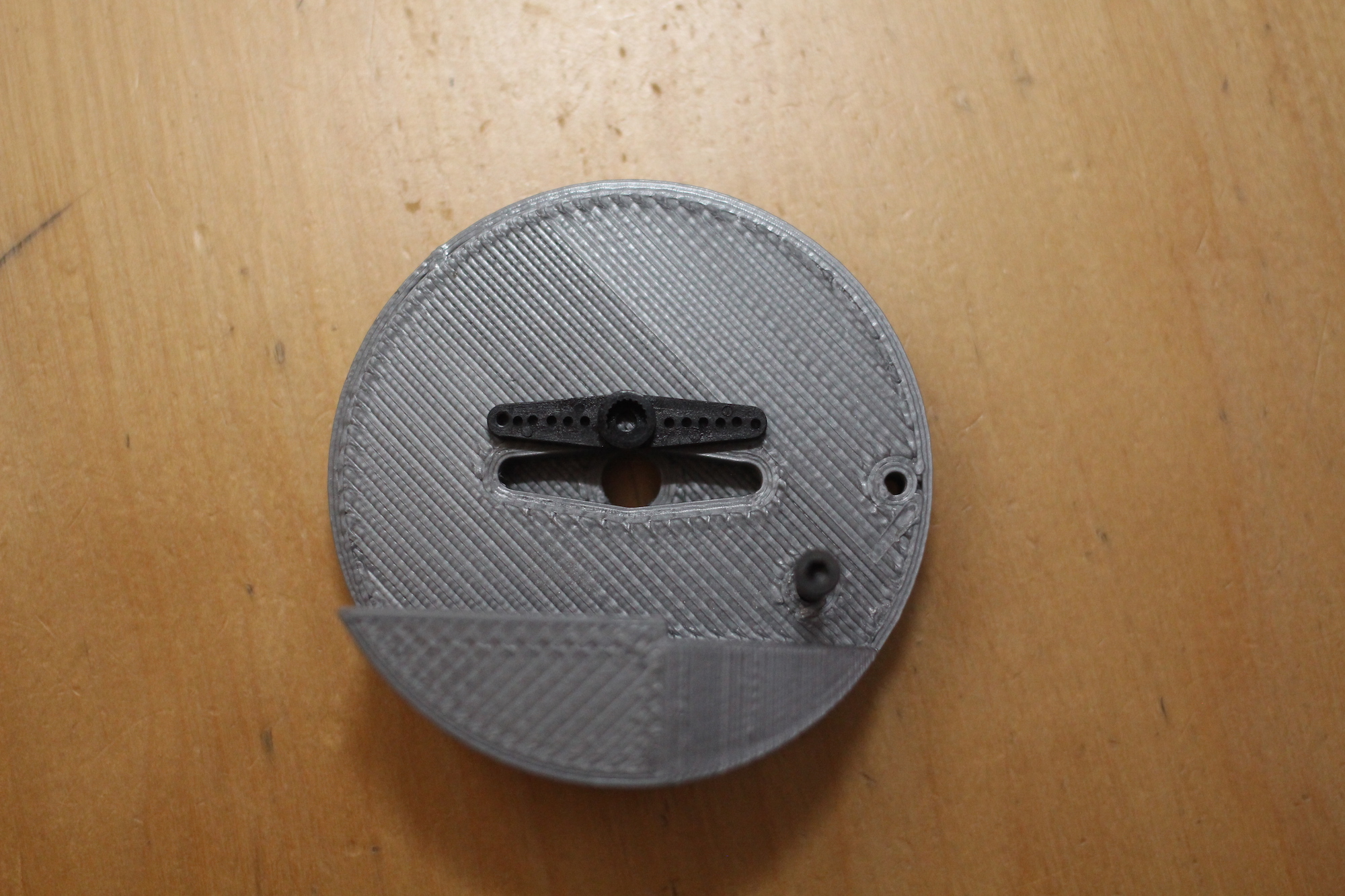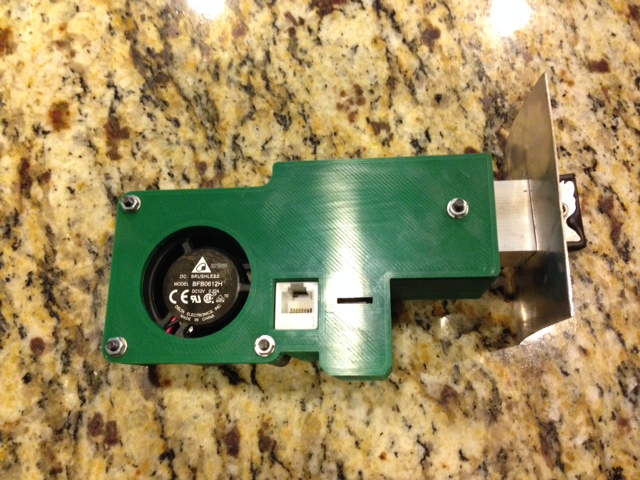Did you continue the test for longer? The reason I ask is that it appears from your graph that all of the fluctuation occurred at the first 2 hours during startup and then you finally reached a steady state, but I can't tell for sure with the limited time at the end. You don't want to tune your PID parameters based on initial startup of the smoker but instead on going from 1 setpoint to another. For instance, the smoker is set around say 210F and then you set the smoker to 230F. The best way to fix the startup problems are by limiting the max fan and, more importantly, arranging your coals and starting your fire properly. There are lots of threads devoted to this stuff so if you search for things like the "minion method" you will find lots of info regarding this topic.
Last edited:



